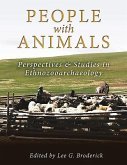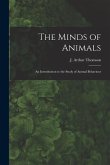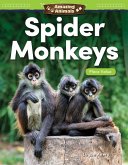Excess minerals in the diet and water of animals can have an adverse effect on animal health, consumers, and the environment. Preventing unsafe mineral exposure is a fundamental part of animal nutrition and management. At the request of the Food and Drug Administration, the National Academies convened a committee to make recommendations on animal tolerances and toxic dietary levels, updating a 1980 report on mineral tolerance in domestic animals. Based on a review of current scientific data and information, the report sets a "maximum tolerable level" (MTL) for each mineral as it applies to the diets of farm animals, poultry, and fish. The report includes an analysis of the effects of toxic levels in animal diets, and it identifies elements that pose potential human health concerns. The report recommends research that includes a better characterization of animal exposure to minerals through feedstuffs; a better understanding of the relationship between mineral concentrations in feed and water and the levels in consumer products such as meat, milk, and eggs; and more research on the maximum tolerable level of minerals for aquatic and companion animals.








